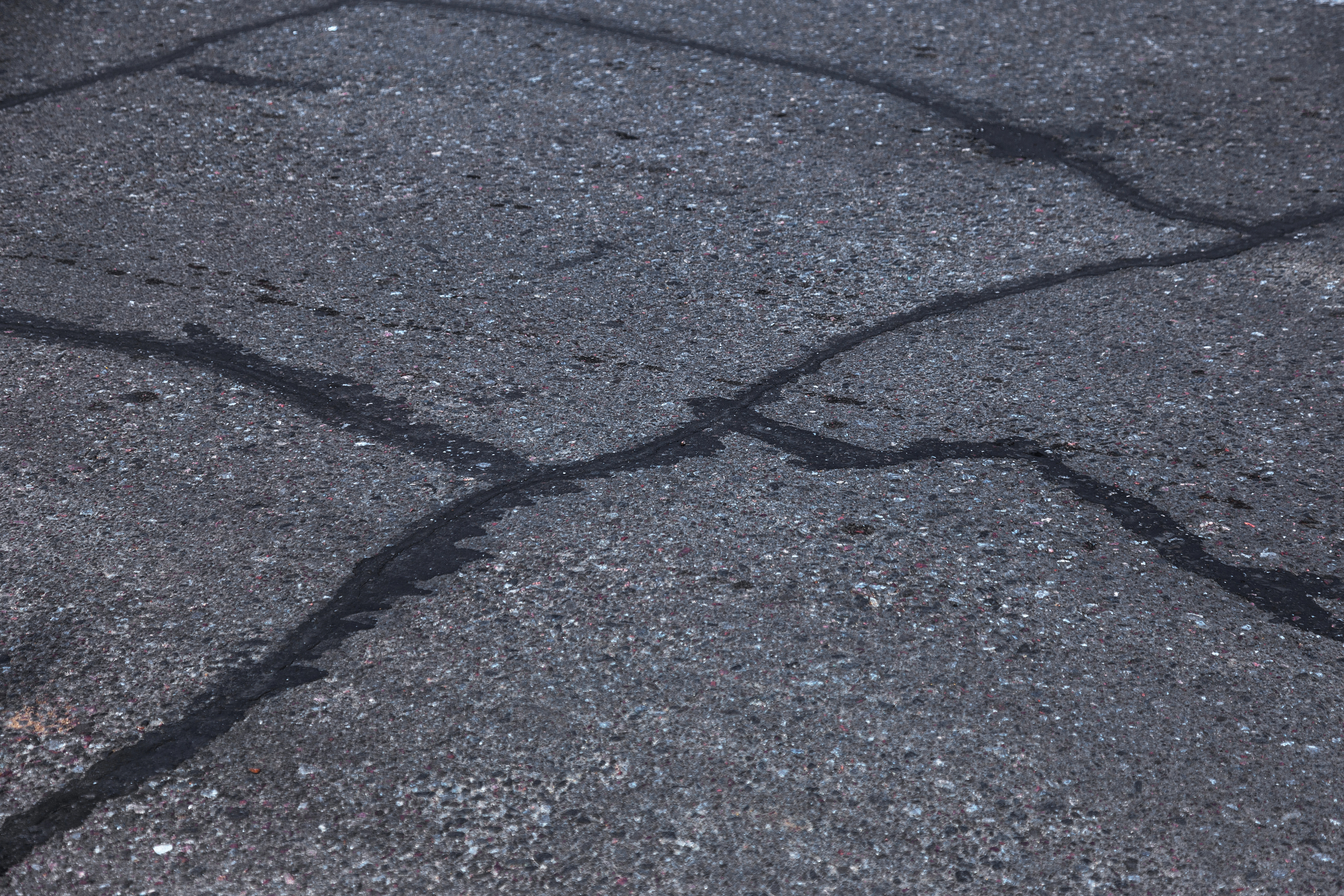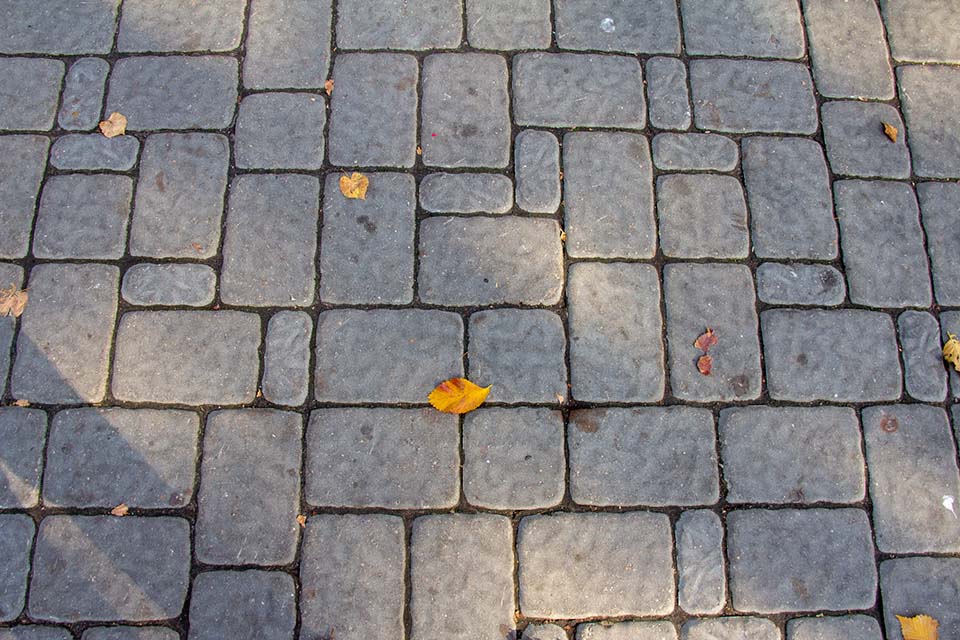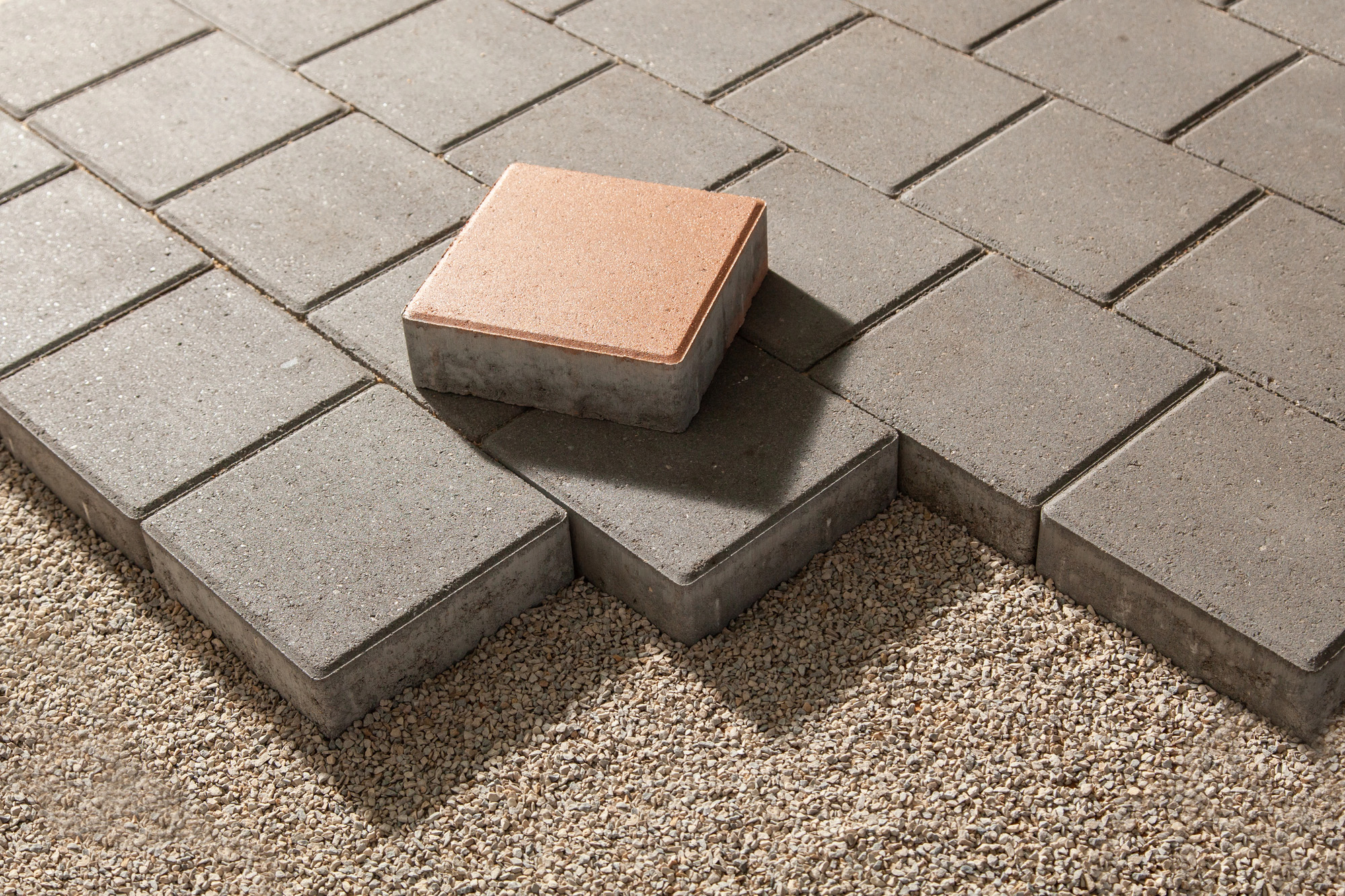Asphalt Repair: When and How to Patch Your Damaged Surfaces
5 November 2024
Asphalt is a robust material used in driveways, parking lots, and roads due to its durability. However, over time and with weather conditions, it’s not uncommon to see signs of wear. Cracks, depressions, and potholes, if not addressed quickly, can worsen and lead to significantly higher repair costs. Pavage Massie in Outaouais guides you through the signs of wear to watch for and effective methods to patch your damaged surfaces.
Signs of Wear in Asphalt Surfaces
Cracks: Cracks are one of the first visible signs of asphalt wear. They usually appear due to expansion and contraction caused by temperature changes. Cracks may start off shallow, but they can quickly widen if not addressed. Water entering these cracks can freeze in winter, causing even more damage within the asphalt structure.
Depressions: A depression manifests in areas where the asphalt sinks, creating irregularities on the surface. This can be caused by poor drainage or a poorly compacted base. Depressions can not only make surfaces difficult to use but can also weaken the integrity of the structure, leading to more costly repairs.
Potholes: Potholes form when water seeps under the asphalt surface, weakening the base and causing holes to develop as vehicles pass over these damaged areas. Potholes can damage vehicles and, if not repaired promptly, they will expand, affecting a larger area of the asphalt.
Repair Methods: Patching
Patching asphalt is an effective repair method that involves locally repairing damaged areas while preserving the rest of the surface. This technique is particularly useful for addressing cracks, depressions, and potholes before these damages worsen. Here are some of the most common patching methods in Outaouais:
Hot Patching: This method involves using a hot asphalt mix applied directly to the damaged areas. Hot patching is ideal for medium-sized cracks and potholes. The hot asphalt provides a strong and durable bond, and it is compacted to ensure a smooth and even finish.
Cold Patching: Cold patching uses an asphalt mix that can be applied at lower temperatures. It is often used as a temporary solution for emergency repairs, especially in winter. While this method is convenient, it is generally less durable than hot patching and often requires more frequent touch-ups.
Crack Sealing: For smaller cracks, a specially designed sealant for asphalt can be used. This sealant is applied directly to the cracks to prevent water from seeping in. This preventative method is highly effective in extending the lifespan of your asphalt and preventing small cracks from becoming major issues.
Why Quick Repair is Essential
Ignoring surface damage on your asphalt can lead to more costly repairs in the long run. A simple untreated crack can quickly widen, turning a small repair into a larger project, such as a complete surface resurfacing. Moreover, depressions and potholes can pose safety risks for both vehicles and pedestrians.
Quick asphalt repair also helps prevent deeper damage. If water continues to seep into cracks or holes, it can weaken the underlying base of the structure, necessitating costly reconstruction. By acting promptly with appropriate patching, you extend the life of your asphalt while saving on long-term repair costs.
Regular monitoring and repair of asphalt surfaces are essential to maintaining their integrity and appearance. Whether you notice cracks, depressions, or potholes, it is important to act quickly to prevent more severe damage. Patching, whether done hot or cold, is an effective solution for extending the lifespan of your asphalt and avoiding more expensive problems. So, keep an eye on your surfaces, and don’t wait for small damages to become major repairs!



